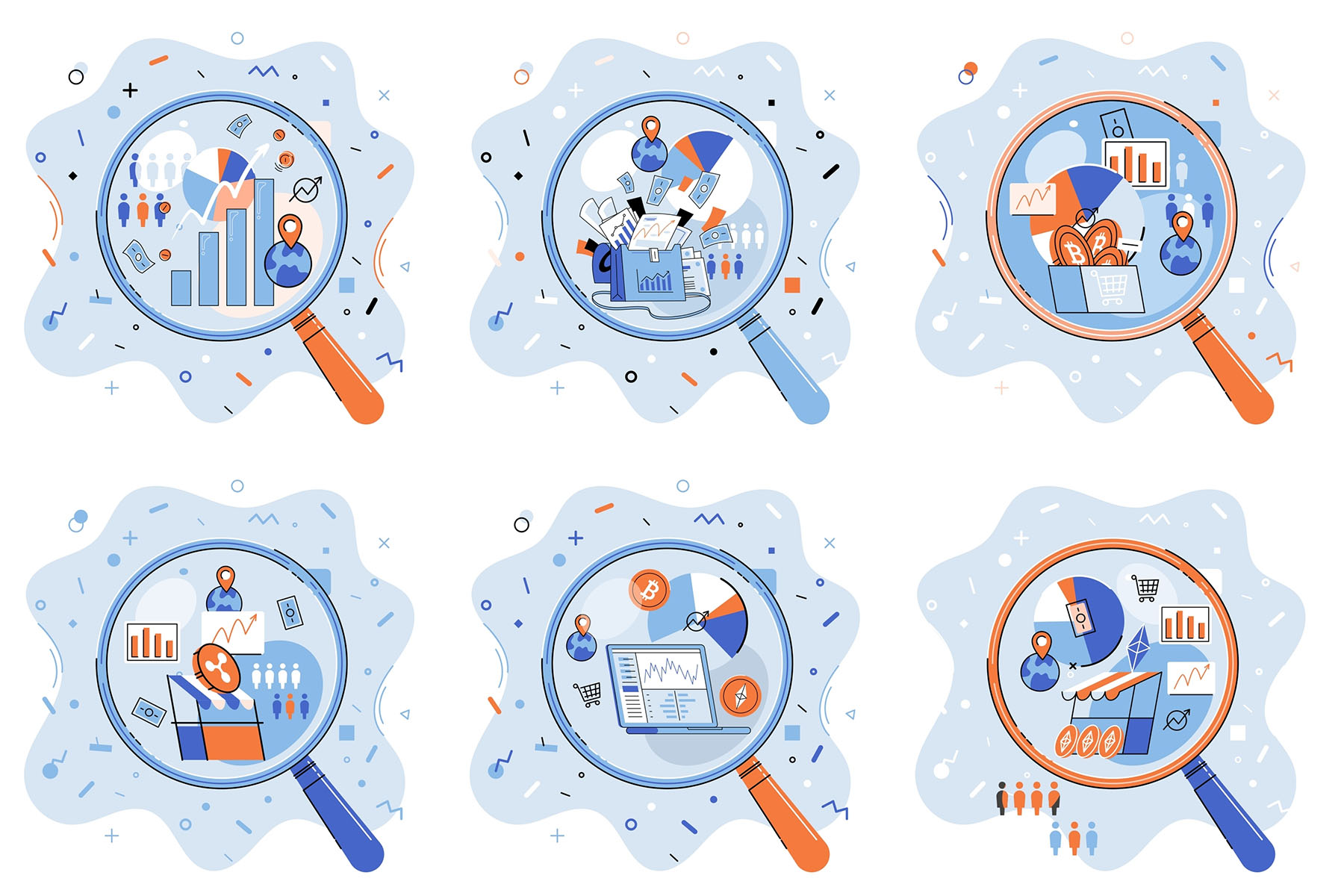For many in the life sciences, their interaction with data is akin to the story of “Goldilocks and the Three Bears,” only without the ability to find that option that is just right. As Rommel Fernandez, Chief Analytics Officer, Fingerpaint Group, explains, depending on the therapeutic space and the type of life sciences organization, people in our industry are challenged by a sense that there is not enough of the right data—or too much data—to work with.
“Within organizations that perceive a lack of the right data, there’s a desire to invest in and collect as much data as possible—from prescription level down to the patient claims utilization level,” Fernandez says. “The claims level data can help identify where a patient is within a particular disease state or treatment continuum and whether they are an ideal candidate for a treatment. The reality is, even with all that data in hand, you still need to mine the data and apply analytics to help answer questions as well as to make it meaningful to the business.”
But as companies tap into more diverse and growing data sources, maintaining patient privacy while merging data sets together to derive accurate insights still remains a challenge, according to Peter Stark, Executive Vice President, Commercial Strategy, Veeva Systems. And it’s something commercial teams need to solve, especially in the case of rare disease patients where it’s crucial to stitch data together to have a complete and correct picture of complex patient journeys.
“To achieve more privacy-safe and accurate data, companies can outsource select data sets to environments with technology that better collects and integrates this information,” Stark suggests. “Ultimately, this enables true patient centricity. It minimizes the potential risks for companies to connect health data to individuals’ personal identifiable information while driving increased data quality, helping reach patients with the right treatments when they need them most.”
Patient Data and Privacy
Getting the right patient data should also involve working to avoid data biases. For example, Elizabeth Fairley, Co-Founder & COO, Talking Medicines, explains that while social media platforms and online forums now provide a source of rich data for marketers seeking to understand the real-world experiences of patients, they also present a challenge in understanding the bias inherent in that data. So, how can marketers ensure that data offers a fair representation of the patient universe?
“At a basic level, it’s crucial to understand that people speak differently depending on their patient journeys,” Fairley says. “For example, the way patients speak about psoriasis is different to how patients speak with a cancer diagnosis. By closer listening to the true patient voice, pharma can begin to understand their language and extract a true picture of the genuine patient experience. This understanding requires a commitment to deep-diving available patient data which can then help to identify patterns and trends relating to how patients are interacting with their healthcare systems.”
However, marketers also must acknowledge that online privacy is becoming more of an issue for all consumers who are growing increasingly wary of how their data and information may be used by large corporations. So, when companies are collecting data from patients, it is crucial to keep them in the loop.
“It is the responsibility of companies to make it clear not just that people are consenting to their data being used, but how and for what purpose it is being used,” says Olivier Chateau, Co-founder and CEO, Health Union. “In the case of life sciences companies, whether pharmaceuticals or telehealth services, one of the most beneficial things they can do is provide practical examples of how the use of data can be beneficial to individuals, and to their entire condition communities.”
Getting the Right Data Easier
One area where marketers are making progress is the ability to quickly analyze the readily available anonymous patient-level data they have access to. Until recently, this data had been underutilized, according to Sese Abhulimen, Chief Methodologist, PROPENSITY4, an Ashfield Engage company, but by leveraging the right technology and advanced techniques it is now possible to quickly cull through billions of records to garner insights enabling strategic decisions in sales and marketing.
“We can identify the patient archetype for a particular treatment, and customize content across the communication spectrum to engage with that patient,” Abhulimen says. “We can understand physicians’ treatment philosophies and the pathways to treatment in each office, and then tailor messaging to the appropriate HCPs even if they are not on the target list. We can provide the scientific evidence required by payers to obtain the cost coverage needed for treatment. And, this dynamic targeting with tailored engagement can happen within two to three weeks, enabling pharmaceutical companies to be agile and efficient in their engagement approaches.”
And with real-time engagement data, marketers can also make adjustments more quickly than under the traditional model where they would review engagement metrics monthly and then adjust accordingly.
“By having access to real-time engagement data, we will be able to transform the way we deliver truly rich and relevant customer experiences,” explains Ali Hussey, SVP, Director of Customer Experience, DDB Health. “Platforms that handle engagement data are typically referred to as CDPs (customer data platforms) where each customer’s engagement data is collected and attributed back to that individual. Those data points serve as signals that trigger business rules with the platform to predict and deliver the most relevant communication. This process of strategic journey mapping provides the footprint for optimizing the customer experience. Evolving into this use of predictive analytics will define the future of a more customer-centric experience while also driving increased business outcomes.”
Even as companies embrace the latest tools using artificial intelligence and machine learning to make targeting, messaging, and channel selection more effective and help unlock the value in data, they must not forget about the value of marketers.
“Marketers can learn from the data but must also bring expertise and the ever-important human element to the table,” says Susan LeBeau, Vice President of Sales, Linguamatics, an IQVIA company. “It’s an exciting time—there are now faster, more sophisticated and less clunky tools, so that professionals can perform at their best and focus on their audiences—but to truly move the needle, marketers need to be closely involved in the process, helping to bring to life the needs of stakeholders, the relevant content, and drive the right strategies.”









